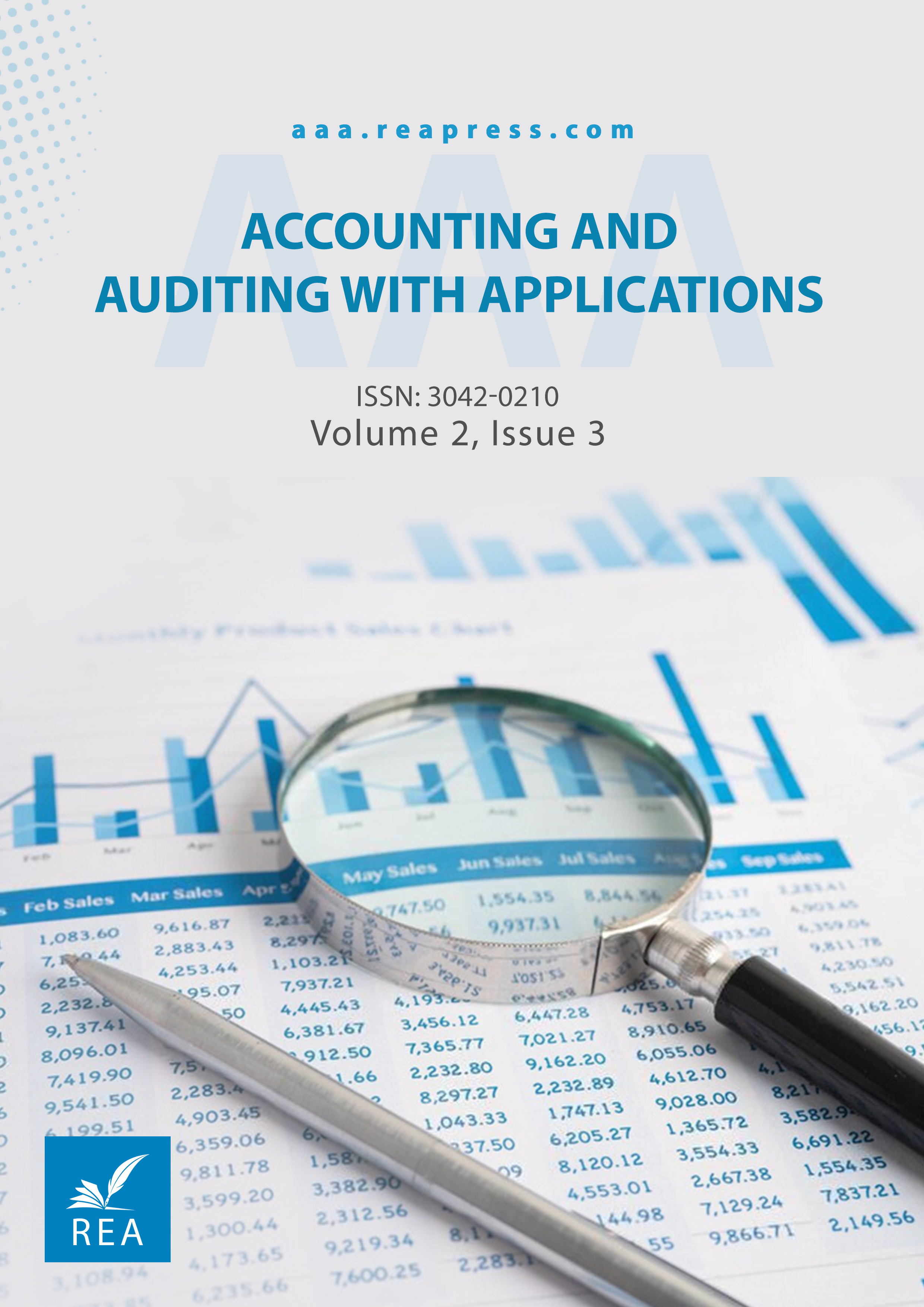Deep Analysis of Financial Indicators Affecting Bank Efficiency Using the Monte Carlo Simulation Technique
Abstract
In today’s competitive environment, evaluating bank branch performance plays a crucial role in managerial decision-making. Inefficient branches continuously strive to improve their efficiency, while efficient ones seek to maintain their superior positions. Discriminant Analysis is a common classification method in banking, used to predict the status of new branches based on data from existing ones. However, predictions from this method often involve uncertainty. This study introduces a confidence level metric to determine the status of new branches more accurately. Utilizing sensitivity analysis based on Monte Carlo simulation, the impact of various financial indicators on this confidence level is assessed, identifying key indicators that influence the classification of branches as efficient or inefficient. The results reveal that long-term deposits hold significant importance, whereas variables such as number of personnel, overdue receivables, and Qarz al-Hasna deposits have negligible effects on efficiency classification. These findings provide valuable insights for bank managers in establishing and managing new branches, and enable targeted planning to reform and guide inefficient units towards enhanced efficiency.
Keywords:
Monte Carlo simulation, Discriminant analysis, Confidence level, Sensitivity analysis, Bank branch efficiencyReferences
- [1] Coccorese, P. (2017). Banking competition and economic growth. In Handbook of competition in banking and finance (pp. 230–263). Edward Elgar Publishing. https://doi.org/10.4337/9781785363306.00020
- [2] Fisher, R. A. (1936). The use of multiple measurements in taxonomic problems. Annals of eugenics, 7(2), 179–188. https://doi.org/10.1111/j.1469-1809.1936.tb02137.x
- [3] Peykani, P., Mohammadi, E., Jabbarzadeh, A., & Jandaghian, A. (2016). Utilizing robust data envelopment analysis model for measuring efficiency of stock, a case study: Tehran Stock Exchange, 1, 15–24. https://b2n.ir/mm8921
- [4] Karimi, T., Ahmadian, M., & Shahbazi, M. (2024). Performance evaluation of bank branches in the atmosphere of grey uncertainty. Journal of modelling in management, 19(6), 2300–2319. https://doi.org/10.1108/JM2-09-2023-0206
- [5] Mangasarian, O. L. (1965). Linear and nonlinear separation of patterns by linear programming. Operations research, 13(3), 444–452. https://doi.org/10.1287/opre.13.3.444
- [6] Freed, N., & Glover, F. (1981). Simple but powerful goal programming models for discriminant problems. European journal of operational research, 7(1), 44–60. https://doi.org/10.1016/0377-2217(81)90048-5
- [7] Olfati, M., Krömer, P., Fanati Rashidi, S., Mirjalili, S., & Snášel, V. (2025). A goal programming-based algorithm for solving multi objective optimization problems. Annals of operations research, 1–26. https://doi.org/10.1007/s10479-025-06646-0
- [8] Banks, W. J., & Abad, P. L. (1991). An efficient optimal solution algorithm for the classification problem. Decision sciences, 22(5), 1008–1023. https://doi.org/10.1111/j.1540-5915.1991.tb01904.x
- [9] Glover, F. (1990). Improved linear programming models for discriminant analysis. Decision sciences, 21(4), 771–785. https://doi.org/10.1111/j.1540-5915.1990.tb01249.x
- [10] Retzlaff-Roberts, D. L. (1996). A ratio model for discriminant analysis using linear programming. European journal of operational research, 94(1), 112–121. https://doi.org/10.1016/0377-2217(95)00196-4
- [11] Sueyoshi, T. (1999). DEA-discriminant analysis in the view of goal programming. European journal of operational research, 115(3), 564–582. https://doi.org/10.1016/S0377-2217(98)00014-9
- [12] Sueyoshi, T. (2001). Extended DEA-discriminant analysis. European journal of operational research, 131(2), 324–351. https://doi.org/10.1016/S0377-2217(00)00054-0
- [13] Hasan, S., & Elwakil, E. (2021). Knowledge-driven stochastic reliable modeling for steel bridge deck condition rating prediction. Journal of structural integrity and maintenance, 6(2), 91–98. https://doi.org/10.1080/24705314.2020.1862965
- [14] Saltelli, A., Chan, K., & Scott, E. M. (2000). Sensitivity analysis: Gauging the worth of scientific models. John Wiley & Sons. https://B2n.ir/pn8336
Downloads
Published
Issue
Section
License
Copyright (c) 2024 Accounting and Auditing with Applications

This work is licensed under a Creative Commons Attribution 4.0 International License.


